can anyone identify this tree with berries?
mayland
15 years ago
Related Stories
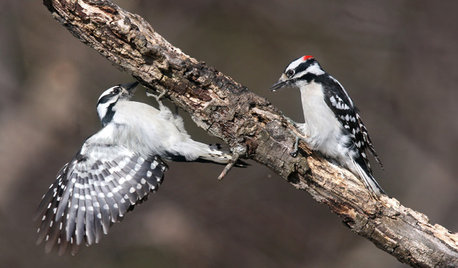
GARDENING FOR BIRDSBackyard Birds: How to Identify Two Common Woodpeckers
Downy and hairy woodpeckers have similar coloration and behavior. But there are two big differences that separate them
Full Story
GARDENING FOR BIRDSFeed the Birds: 6 Plants for Abundant Winter Berries
Be kind to your fair feathered friends during lean food times by planting a shrub or tree loaded with nutritious snacks
Full Story
CONTAINER GARDENSPatio-Perfect Berry Bushes Like You’ve Never Seen
Small enough for pots but offering abundant fruit, these remarkable bred berries are a boon for gardeners short on space
Full Story
GARDENING GUIDESTree Care: Common Tree Diseases and What to Do About Them
Learn to recognize trees that may be affected by diseases or pests so you can quickly take action
Full Story
LIFEHow Your Landscaping Can Keep Burglars Away
Prevent home break-ins with strategic landscaping and good practices instead of menacing — and maybe less effective — measures
Full Story
GARDENING GUIDESGreat Design Tree: Australian Tea Tree
A living sculpture with an unmistakable appearance, this coastal native creates an intriguing landscape scene
Full Story
GARDENING GUIDESGreat Design Plant: Amelanchier Signals Spring With Airy White Blooms
With roughly 20 species of serviceberry native to the U.S., bees can feed on the early-season blooms while birds enjoy the summer berries
Full Story
FENCES AND GATESA Deer Fence Can Be Decorative as Well as Protective
You need a monster-size fence to shelter your garden from deer, but it doesn’t have to look like a monstrosity
Full Story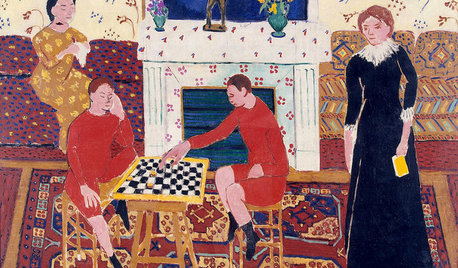
DECORATING GUIDESWhat Matisse Can Teach Us About Interior Design
Learn to pack a punch with decor inspired by one of the most influential artists of the 20th century
Full Story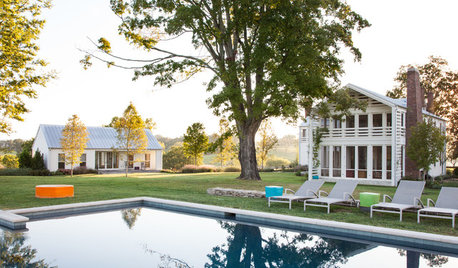
HOUZZ TOURSWe Can Dream: An Expansive Tennessee Farmhouse on 750 Acres
Wood painstakingly reclaimed from old barns helps an 1800s farmhouse retain its history
Full Story





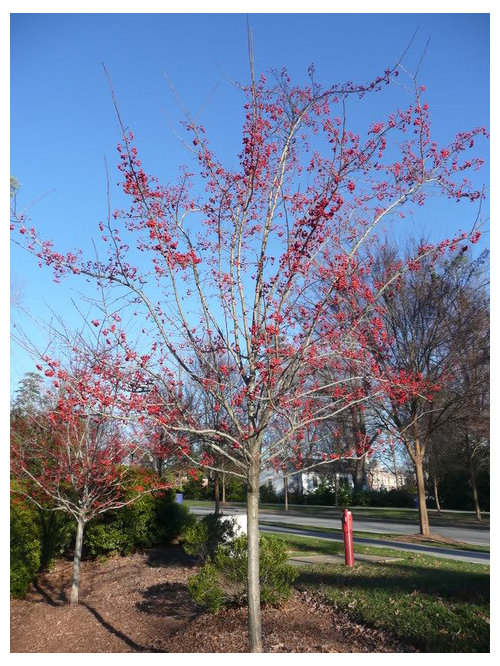
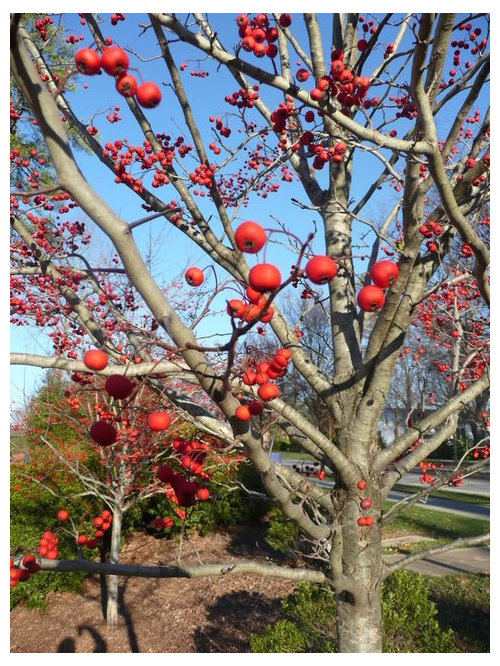
maylandOriginal Author
Iris GW
Related Professionals
Anderson Landscape Contractors · Lancaster Landscape Contractors · Mason Landscape Contractors · Norwalk Landscape Contractors · Oak Harbor Landscape Contractors · Severna Park Landscape Contractors · Hueytown Landscape Contractors · Cherry Hill Fence Contractors · Claremont Fence Contractors · Killeen Fence Contractors · Laguna Hills Fence Contractors · Angleton Fence Contractors · Greenwich Window Contractors · Orange County Window Contractors · West Springfield Window Contractorsnippersdad
jay_7bsc
maylandOriginal Author
Iris GW
jay_7bsc
Iris GW
nippersdad
maylandOriginal Author
jay_7bsc
nippersdad
Iris GW
maylandOriginal Author
Iris GW
jay_7bsc
Iris GW
Evergreen-shrubs.com